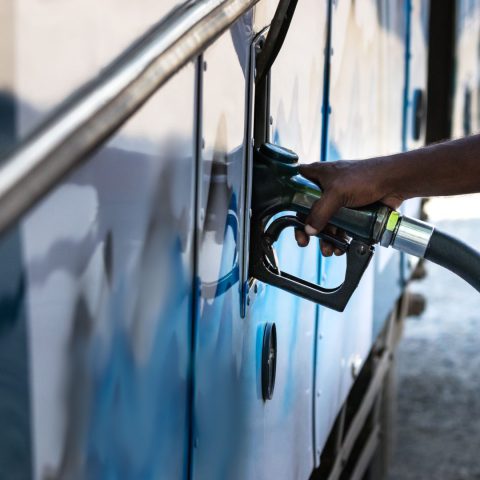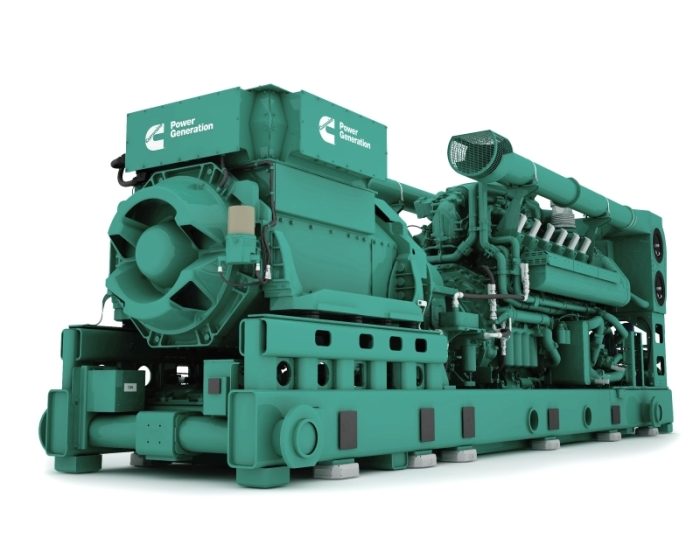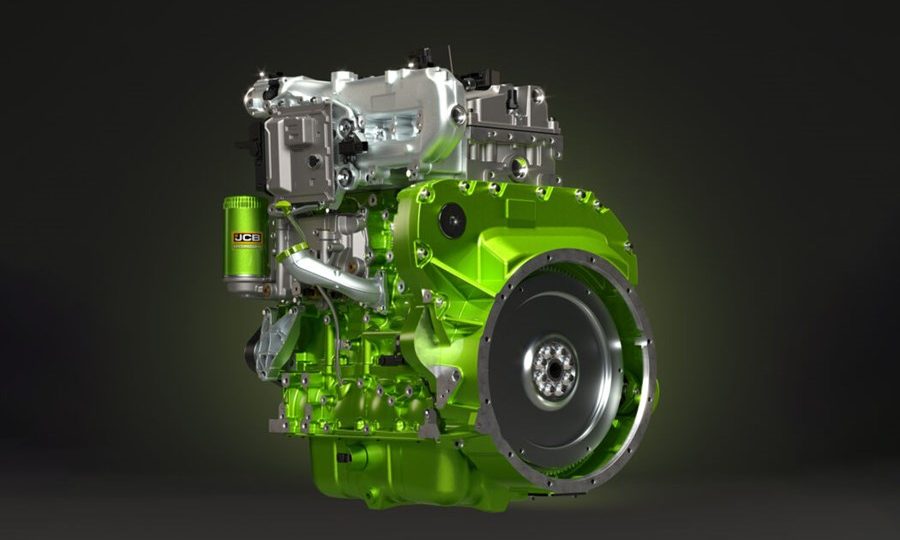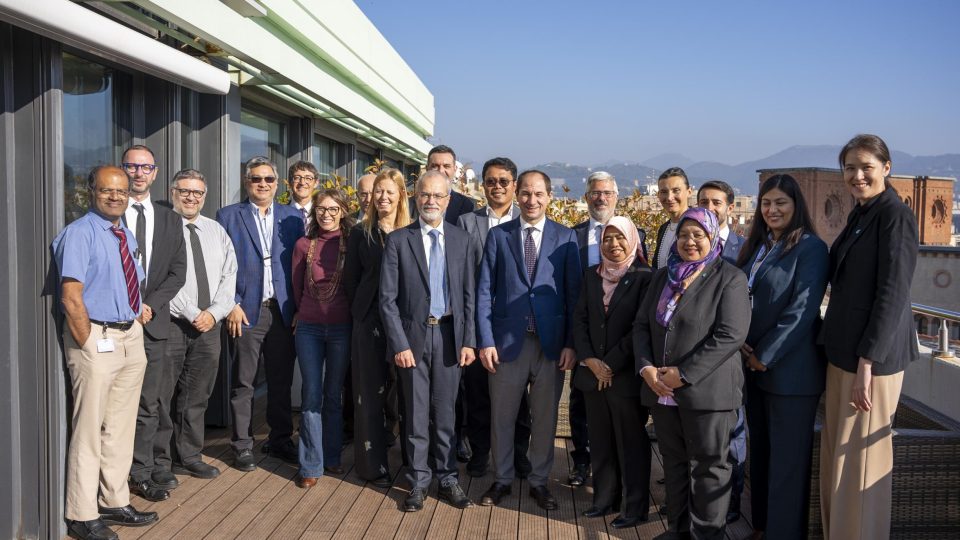If diesel is less polluting…
Energy transition of Class II, switching to gas while maintaining a share of the latest generation diesel can generate fewer emissions than a rapid consecration of the LNG. The Politecnico di Milano has studied the guidelines for the renewal of the fleet

We present an accurate study that relaunches diesel reputation. Energy transition of Class II, switching to gas while maintaining a share of the latest generation diesel can generate fewer emissions than a rapid consecration of the LNG. The Politecnico di Milano has studied the guidelines for the renewal of the fleet in the north of Lombardy region (Como, Lecco and Varese basins).
Today diesel, and tomorrow?
Today there is diesel, for tomorrow there would be gas traction ready (with that LNG that has not yet made its way…), the admirable promises of hydrogen extend into the day after tomorrow. Making the wrong choice today could mean wasting money on useless infrastructures in just a few years. Research studies commissioned by the local public transport agency focused on the Como, Lecco and Varese basins. Where there is, it is true, a share of urban service, but the lion’s share is played by the shares of suburban and interurban.
The status quo consists of a fleet of 859 vehicles with an average age of around ten years (deployed on 192 lines for just under 29 million kilometers of annual mileage). 99.3 percent are fueled by diesel fuel, 0.6 percent by methane. One third of the buses are Euro VI, another third are Euro V, the remainder is made up of classes between Euro II and Euro IV. There are two constraints of the basin program: 15 years as the maximum seniority and 7.5 years as the maximum tolerable average value.
The result? 145 vehicles with over 15 springs on their shoulders would have to be replaced within a year. The study compares a series of fleet renewal strategies with a deadline of 2033. In the urban area, five hypotheses are seen face to face, all aimed at a transition of the fleet to full electric. The challenge in the extra-urban area is more exciting, where scholars have simulated the economic and environmental impacts of a shift to LNG as traction for the entire fleet, to LNG accompanied by a share of electricity or a share of diesel, or to the liquefied natural gas (again him) assisted by a component of fuel cell vehicles.
The conclusions are certainly of interest. Let’s start with Class I. “In the long term (2033) the ‘all-electric’ scenario appears to have the least impact from an energy-environmental point of view: direct emissions and climate-altering gases (GHG) are lower than all other scenarios also in hypothesis of a CO2-intensive production of electricity”, write the authors of the study. And it is already news. Hydrogen? For now out of the game, both in economic and ecological terms (emissions for the production of the carrier). And the gradual transition to electric? Or to reach the goal of full electric in 2033 while maintaining a division of the fleet halfway between diesel and e-bus in 2025? “It allows for savings, albeit limited (-10%) of investments against an increase in direct emissions and GHG (+ 25%)”. It is also bad for those who thought of going through gas: “The transition to ‘all electric’ via gas (liquid or compressed) allows for further financial savings (-13%) due to lower traction costs, however this entails a significant increase in GHG emissions (+72%) limited to the types of gas analyzed in this study that did not take biogas into consideration”. In short, scholars seem to say: in the urban perimeter, if the goal is environmental protection, the sooner you go “electric”, the better. The economic saving of a “soft” strategy does not exceed 13% in the case of methane.s
And out of town?
When come to the extra-urban, the game is more exciting. The “all electric” scenario is simply not feasible. We go towards the liquid gas. The question is: how? Three alternatives emerge: go to “full throttle” in 2025 and then move towards a fifty-fifty share of gas and electricity by 2033, proceed for 100 per cent LNG as early as 2025 or evaluate a strategy to reach full LNG via a renewal of the fleet which also includes the purchase of new diesel buses.
The straight bar on gas is rejected by scholars: “The ‘full throttle’ scenario even on lines where the introduction of electric buses is possible against a modest cost reduction (-5%) would lead to a significant increase in direct emissions and GHG (+60%)”. But here it is, the surprise of the study signed by the Politecnico: “The scenario that provides for a gradual transition to gas while maintaining a percentage of diesel would allow not only a reduction in investment costs in the conversion of deposits but also a reduction in environmental impacts (both in terms of direct emissions and of GHG)”.









